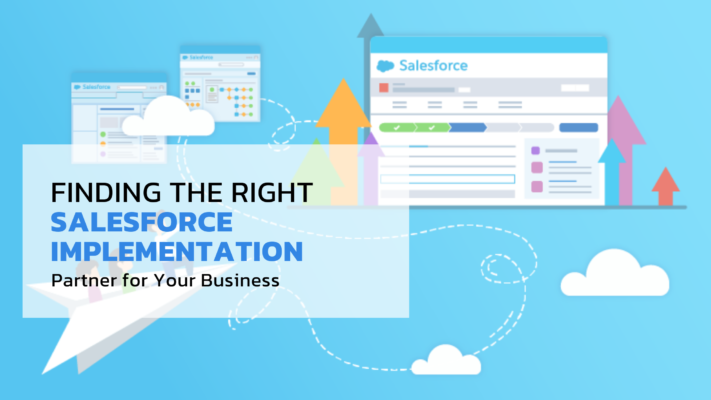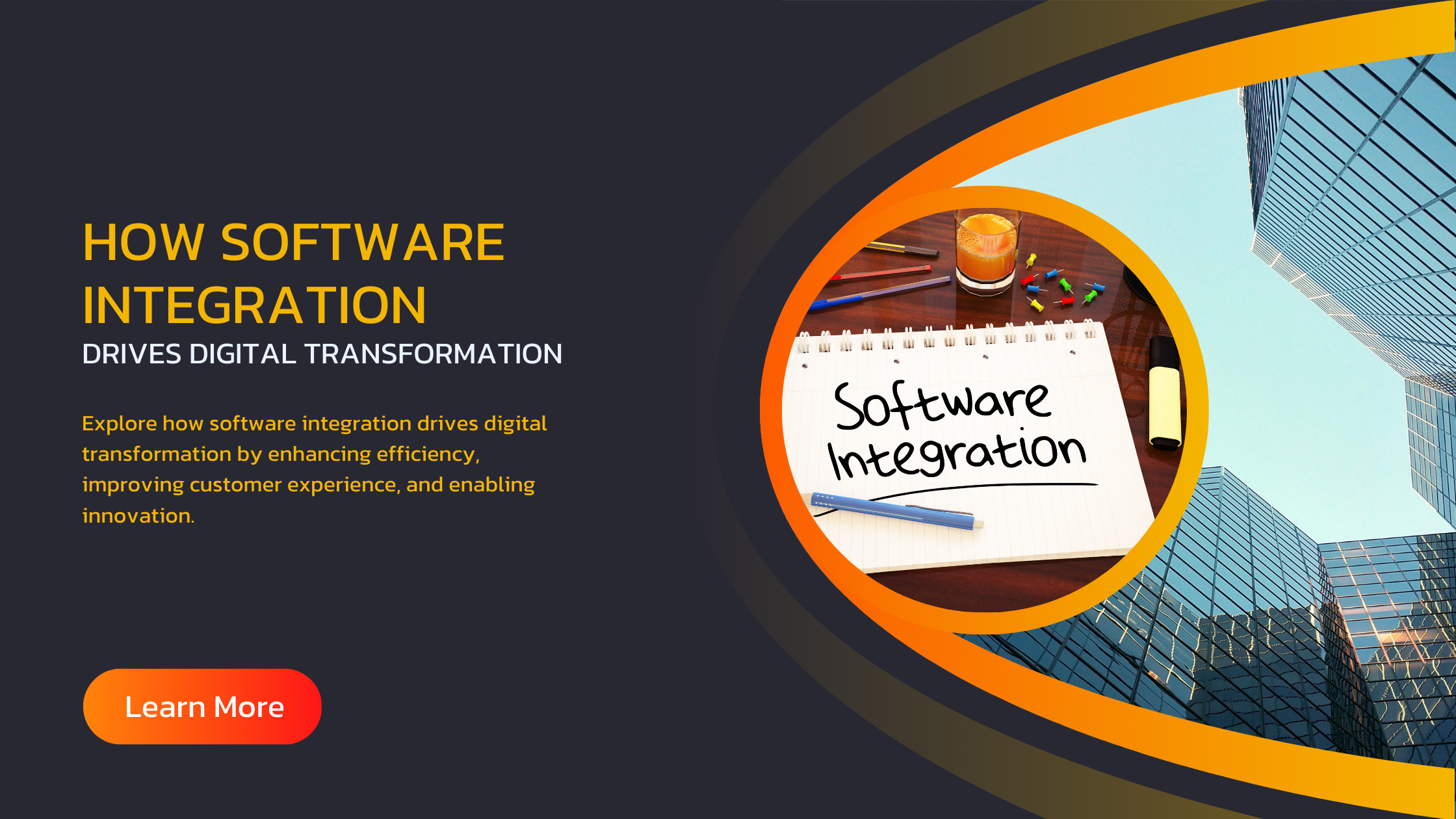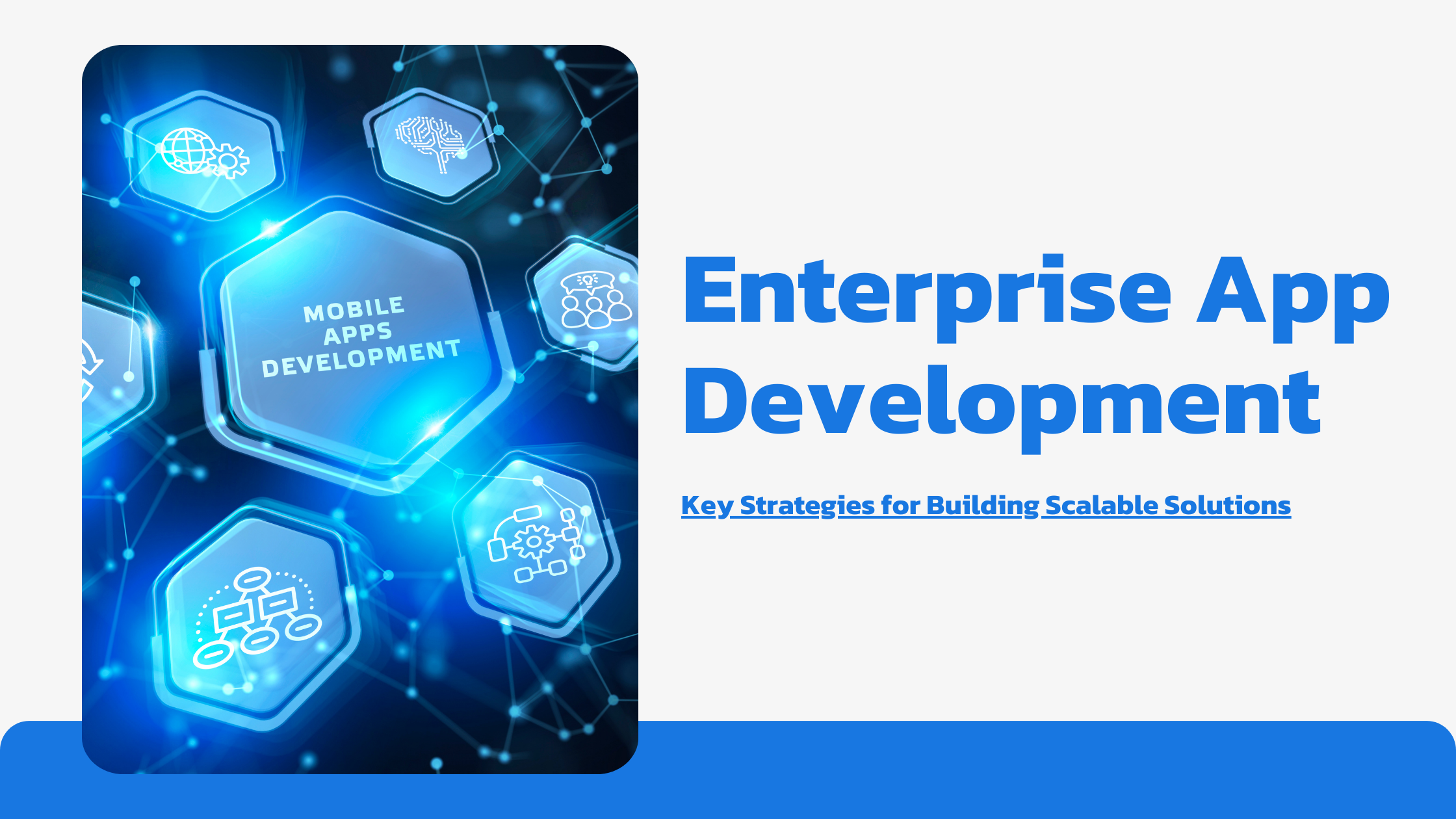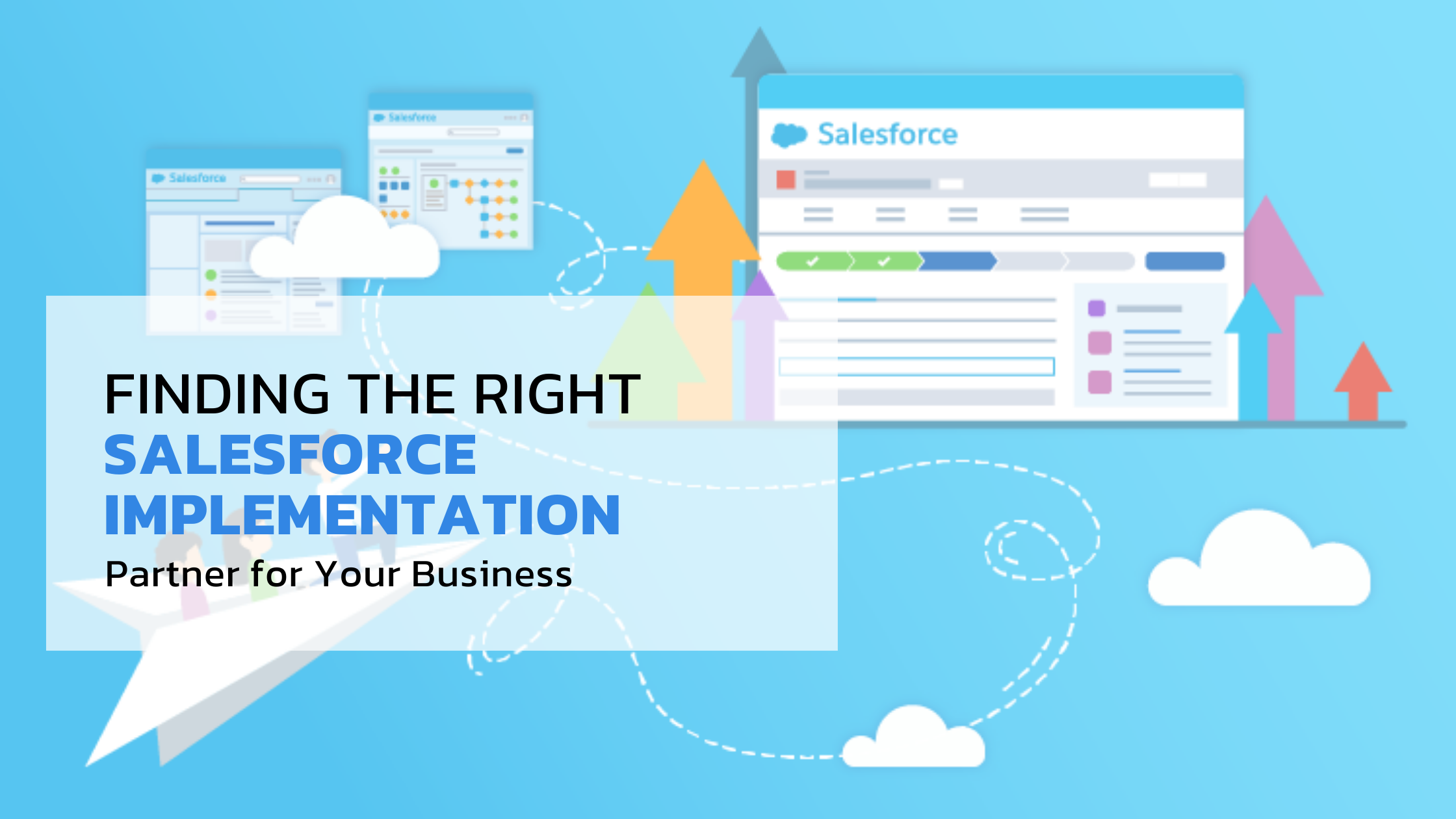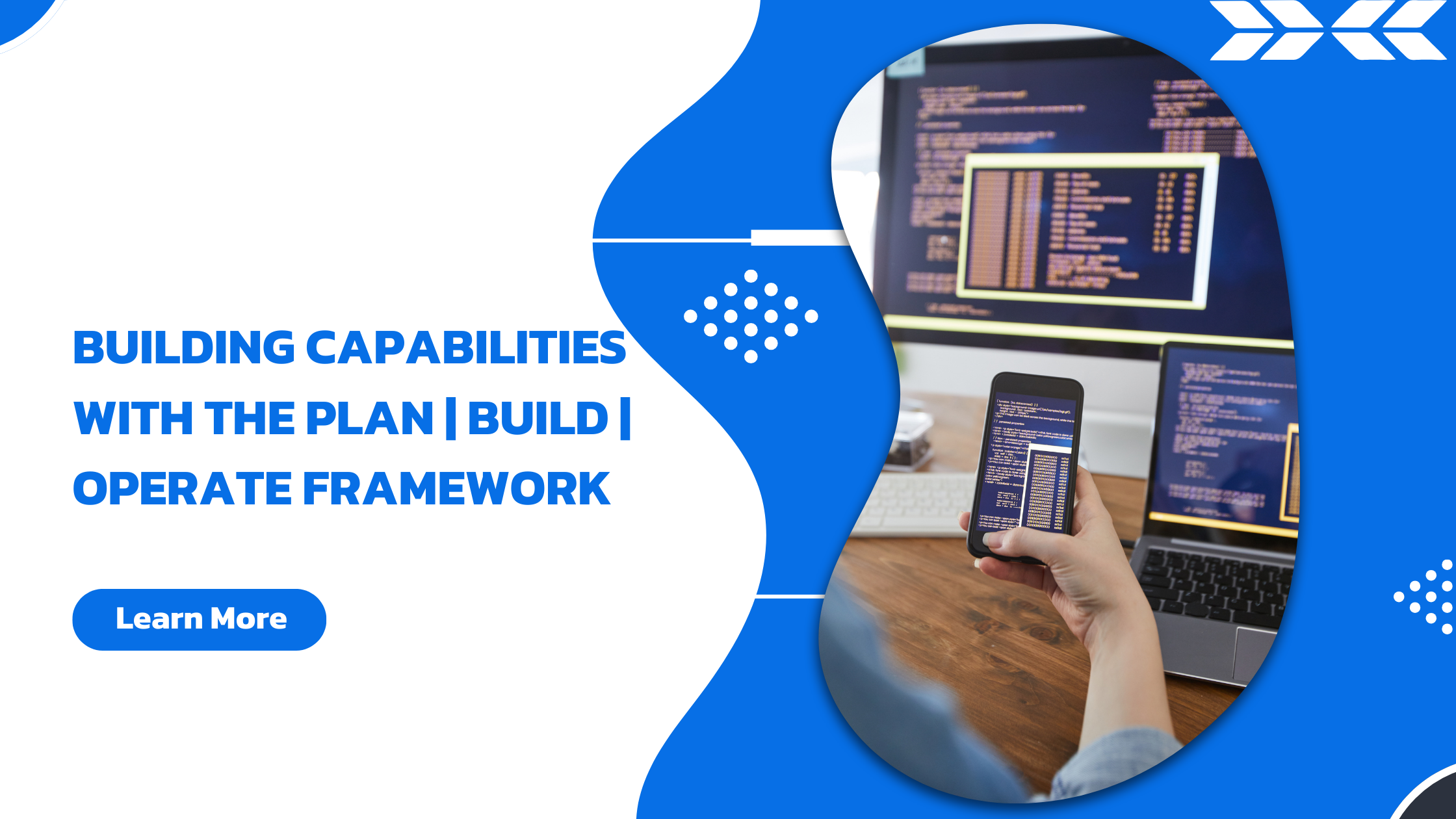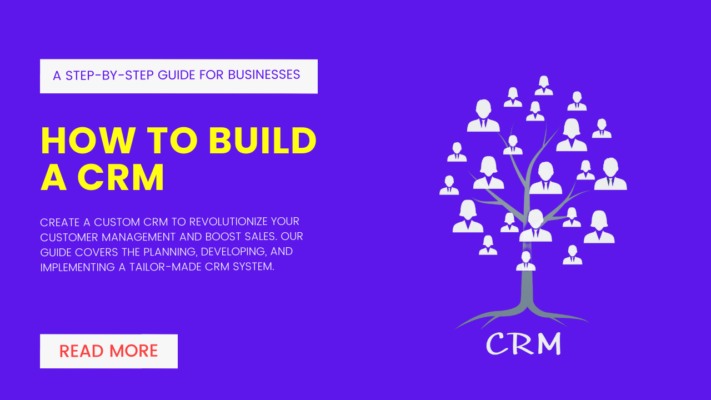
https://www.upcoretech.com/insights/top-ux-trends/Customer Relationship Management (CRM) systems are crucial for businesses aiming to improve their customer interactions, streamline processes, and enhance profitability. In this comprehensive guide, we will walk you through the entire process of how to build a CRM tailored to your business needs. By the end of this blog, you will have a solid understanding of the steps required to create an effective CRM system.
Introduction to CRM
Before diving into how to build a CRM, it’s important to understand what a CRM is and why it’s essential for businesses. A CRM system is a tool that helps businesses manage their interactions with current and potential customers. It uses data analysis to study large amounts of information, ensuring that the company can retain customers and drive sales growth.
CRMs are used to manage business relationships, streamline processes, and improve profitability. They consolidate customer information into one central location, making it easier to manage relationships and interactions.
Benefits of a CRM
– Improved Customer Relationships: By keeping track of customer interactions and data, businesses can better understand and meet customer needs.
– Increased Sales: CRMs help in managing leads, prospects, and sales pipelines more effectively, leading to higher conversion rates.
– Enhanced Communication: CRMs facilitate better communication within the organization and with customers, ensuring no information is lost.
– Automated Tasks: Many CRMs come with automation features that can handle repetitive tasks, allowing employees to focus on more important activities.
How to Build a CRM: Planning Phase
Step 1: Define Your Objectives
The first step in how to build a CRM is to clearly define your objectives. What do you want to achieve with your CRM system? Common goals include improving customer service, increasing sales, enhancing marketing efforts, and streamlining operations.
Step 2: Identify Key Features
Once your objectives are clear, the next step in how to build a CRM is to identify the key features your CRM needs to achieve these goals. Some essential features include:
– Contact Management: Centralized database of customer information.
– Sales Management: Tools for managing leads, opportunities, and sales pipelines.
– Marketing Automation: Features to automate email campaigns and track marketing efforts.
– Customer Service: Tools for managing customer inquiries and support tickets.
– Reporting and Analytics: Dashboards and reports to analyze performance and make data-driven decisions.
Step 3: Determine Your Budget
Understanding your budget is crucial in how to build a CRM. Costs can vary significantly depending on the complexity of the CRM, the number of users, and the features included. Consider both the initial setup costs and ongoing maintenance expenses.
Step 4: Choose Between Building or Buying
One of the critical decisions in how to build a CRM is whether to build a custom CRM from scratch or purchase an existing CRM solution. Custom CRMs offer more flexibility and can be tailored to your specific needs, but they can be more expensive and time-consuming to develop. Off-the-shelf solutions are quicker to implement and often more affordable but may not meet all your unique requirements.
How to Build a CRM: Development Phase
Step 5: Assemble Your Team
Building a CRM requires a skilled team. Key roles include:
– Project Manager: To oversee the project and ensure it stays on track.
– Business Analyst: To gather requirements and define business processes.
– Developers: To design and build the CRM system.
– UI/UX Designers: To create an intuitive and user-friendly interface.
– QA Testers: To test the system and ensure it is bug-free.
Step 6: Design the CRM Architecture
The architecture of your CRM is the foundation of the system. It should be scalable, flexible, and secure. Key components include:
– Database: To store customer information and other data.
– Backend: To handle business logic and processes.
– Frontend: The user interface where users will interact with the CRM.
– API: To integrate with other systems and services.
Step 7: Develop the CRM System
With a clear design and architecture in place, the next step in how to build a CRM is development. This involves:
– Database Development: Creating the database schema and setting up data storage.
– Backend Development: Implementing business logic, workflows, and automation.
– Frontend Development: Building the user interface and ensuring it is intuitive and user-friendly.
– API Integration: Setting up integrations with other systems and services.
Step 8: Implement Security Measures
Security is a critical aspect of how to build a CRM. Protecting customer data is paramount. Implement security measures such as:
– Data Encryption: To protect data at rest and in transit.
– Access Controls: To ensure only authorized users can access sensitive information.
– Regular Audits: To identify and address security vulnerabilities.
Step 9: Test the CRM System
Testing is a crucial step in how to build a CRM. It ensures the system is functioning correctly and meets the business requirements. Types of testing include:
– Unit Testing: To test individual components and ensure they work as expected.
– Integration Testing: To test how different components interact with each other.
– User Acceptance Testing (UAT): To ensure the system meets the needs of the end-users.
How to Build a CRM: Implementation Phase
Step 10: Data Migration
If you are transitioning from an existing system, data migration is a critical step in how to build a CRM. Ensure all customer data is accurately transferred to the new system. This may involve:
– Data Cleaning: Removing duplicates and correcting errors.
– Data Mapping: Ensuring data fields in the old system match those in the new CRM.
– Testing: Verifying that data has been correctly migrated.
Step 11: User Training
Training your staff is essential for the successful adoption of the CRM. Provide comprehensive training on how to use the CRM, including:
– System Navigation: How to navigate and use the different features of the CRM.
– Best Practices: Tips for managing customer interactions and data efficiently.
– Support Resources: Access to help documentation and support channels.
Step 12: Go Live
After thorough testing and training, it’s time to go live. This step in how to build a CRM involves:
– Final Checks: Ensure everything is functioning correctly.
– Launch: Make the CRM available to all users.
– Monitoring: Keep an eye on the system to quickly address any issues that arise.
How to Build a CRM: Post-Implementation Phase
Step 13: Gather User Feedback
User feedback is invaluable in how to build a CRM that continues to meet business needs. Collect feedback from users to identify any issues or areas for improvement.
Step 14: Continuous Improvement
A CRM is not a one-time project but an ongoing effort. Regularly update and improve the system based on user feedback and changing business needs.
Step 15: Measure Success
Evaluate the success of your CRM by measuring key performance indicators (KPIs) such as:
– Customer Satisfaction: Are customers happier with their interactions?
– Sales Metrics: Have sales increased since implementing the CRM?
– Efficiency: Are processes more streamlined and efficient?
How to Build a CRM: Best Practices
To ensure the success of your CRM, follow these best practices:
Prioritize User Experience
A user-friendly CRM will have higher adoption rates and more effective usage. Focus on intuitive design and ease of use.
Keep Data Clean
Maintaining clean and accurate data is crucial for the effectiveness of your CRM. Regularly clean and update your data to avoid duplicates and errors.
Foster Collaboration
Encourage collaboration between departments to ensure the CRM is used effectively across the organization. Sales, marketing, and customer service teams should all be involved in the CRM process.
Invest in Training
Ongoing training is essential to keep your staff up-to-date with the latest features and best practices. Provide regular training sessions and access to support resources.
Monitor and Adapt
Regularly monitor the performance of your CRM and be willing to adapt. Technology and business needs are constantly changing, so your CRM should evolve as well.
Conclusion
Building a CRM is a complex but rewarding process that can significantly enhance your business operations and customer relationships. By following this step-by-step guide on how to build a CRM, you can create a system tailored to your unique business needs. Remember to prioritize user experience, keep data clean, foster collaboration, invest in training, and continuously monitor and adapt your CRM.
For expert assistance in building and implementing a CRM system, consider partnering with Upcore Technologies. Our team of professionals can help you navigate the complexities of CRM development and ensure your system meets all your business objectives.
Building a CRM is not just about the technology but about transforming how you interact with your customers and manage your business processes. Start your CRM journey today and experience the benefits of a well-designed customer relationship management system.


